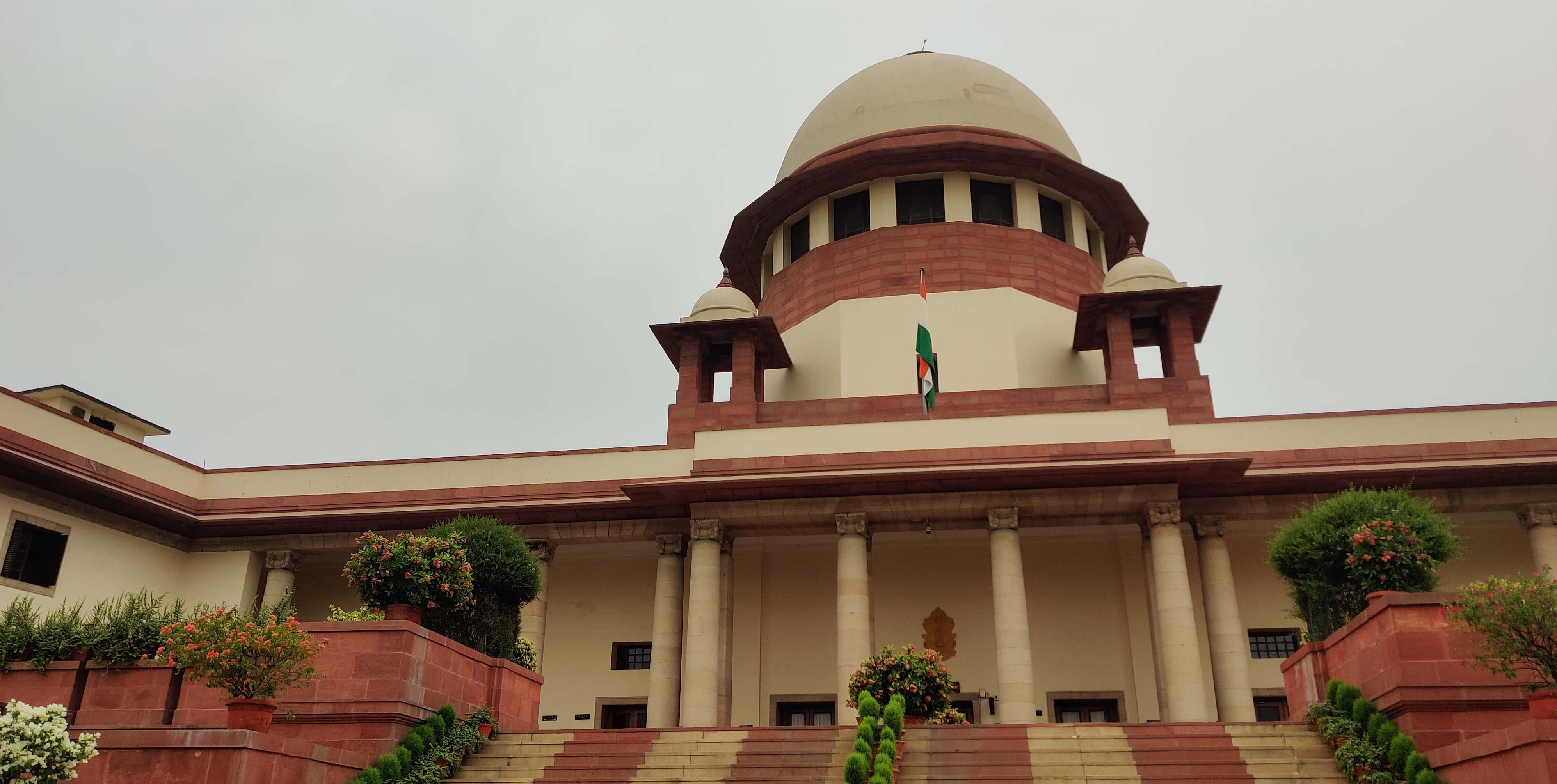 Dispatches
DispatchesIndia Chief Correspondent Neelabh Bist reports on a speech Saturday by Chief Justice of India N. V Ramana deploring the Indian justice system as “colonial” and calling for its “Indianisation” for the benefit of ordinary litigants. He files this for JURIST from New Delhi.
The world’s largest democracy is facing multiple perils these days. One of these is the continuance of a colonial justice delivery system that negatively impacts the common man of India.
This problem was highlighted by Chief Justice of India(CJI) Justice N. V Ramana at an event Saturday organized by the Karnataka State Bar Council to pay tribute to Late Mr. Justice Mohan M Shantanagoudar. Speaking about the country’s judicial system, Justice Ramana emphasized the challenges faced by a common man approaching the courts. He acknowledged that the present justice delivery system in the country poses “multiple barriers for the common people” and that the “workings of the courts do not sit well with the complexities of India”.
The CJI noted that the judicial system applied in the courts is “colonial” in origin and the continuation of such practices are not well suited for the general population of the country. He emphasized that what he called the “Indianisation of the judicial system” is the need of the hour. In the literal sense he said this means “the need to adapt to the practical realities of our society and localize our justice delivery system.” In support of his point he gave the example arties coming from rural India to fight their cases, who feel out of place in courts as they are unable to understand the arguments and pleadings which are mostly in English, a second language and not a comfortable mode of communication for a large part of the Indian population.
The CJI said that the judgments delivered by the courts these days are also becoming lengthy, which make them incomprehensible to litigants. Thus they are forced to spend more money to understand the judgment. He said that the simplification of the justice delivery system making it easier for the common man to understand should be a priority.
He further appealed to lawyers and judges to create a comforting environment for the litigants and reminded everyone that “the litigant, the justice seeker” is the focal point of any justice delivery system and that the courts should be transparent and accountable in nature. He further emphasized that procedural barriers often undermine access to justice. He expressed concern that a common man should not be put in a position where he gets apprehensive about approaching the courts and authorities. “While approaching the court, he should not feel scared of the judges and courts. He should be able to speak the truth”, urged Justice Ramana.
Reflecting on the same, the CJI suggested the use of alternate dispute mechanisms such as mediation and conciliation as means of reducing friction between parties as in his opinion trhat would result in reducing pendency and a need for having lengthy arguments and lengthy judgments.
While the CJI’s clarion call for “Indianisation” may not result in overhauling the substantive and procedural law of a country which is still governed by enactments made by the British (albeit grounded in common law), the need of the hour, as rightly suggested, is in making structural changes to India’s dispensation of justice. Apart from the problems highlighted by the CJI, the biggest problem faced by a litigant today is the pendency of his case. The Supreme Court of India alone has around 70,000 pending cases and the reason for the same is the wide power of judicial review given to High Courts as well as the Supreme Court, which turns them more into courts of appeal (deciding the rights of litigants) than actual constitutional courts (laying down the law).
In India, it is quite common to see a matter (even family matters like divorce petitions) being passed through different courts at least fifteen to twenty times before the final adjudication of the matter. This is primarily because of the rigmarole of interlocutory orders and interim applications that the case entails, which somehow always find their way to the Supreme Court. A simple example would be a case in which a lower court has allowed a condonation of delay in filing of a suit. Now, this order of condonation might be fought on appeal before the High Court and then the Supreme Court, while the actual adjudication of the case on merits would be stalled in the lower court.
While alternate dispute mechanisms provide a possible solution to the problem, until such time as the superior courts are made to function as courts of appeal on every single issue arising in a case, there cannot be delivery of speedy justice to the common man in India.

